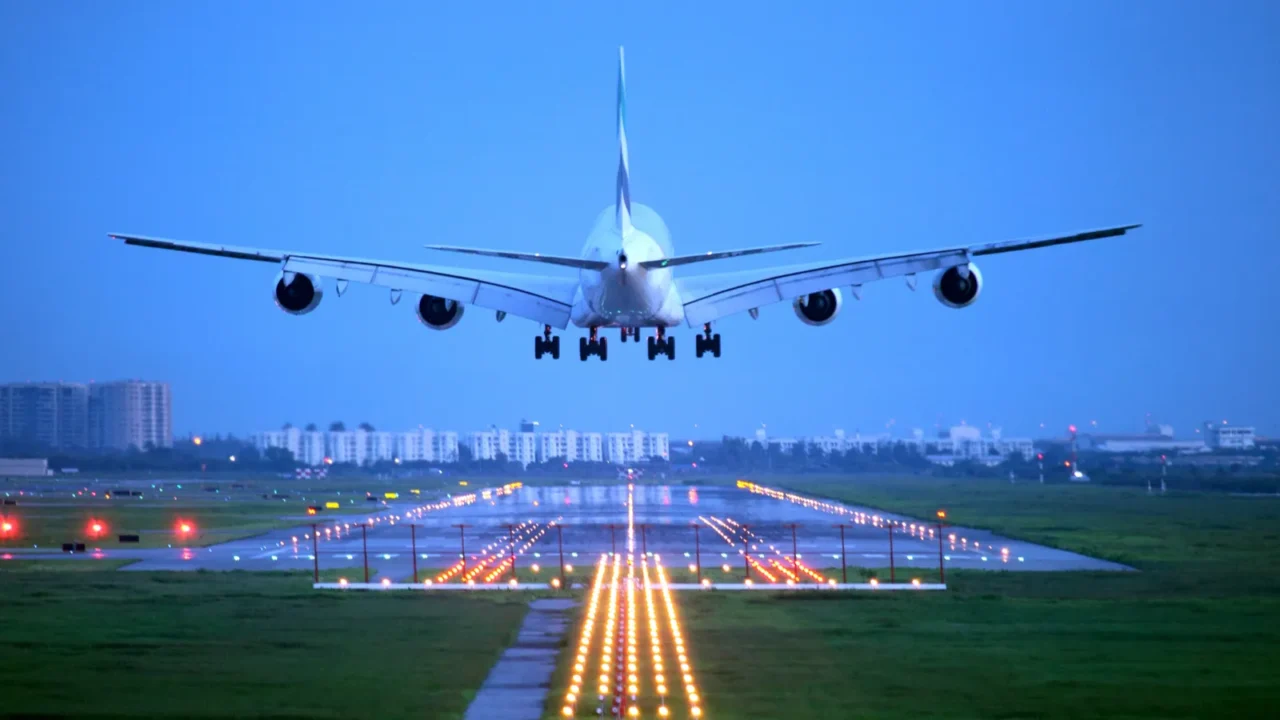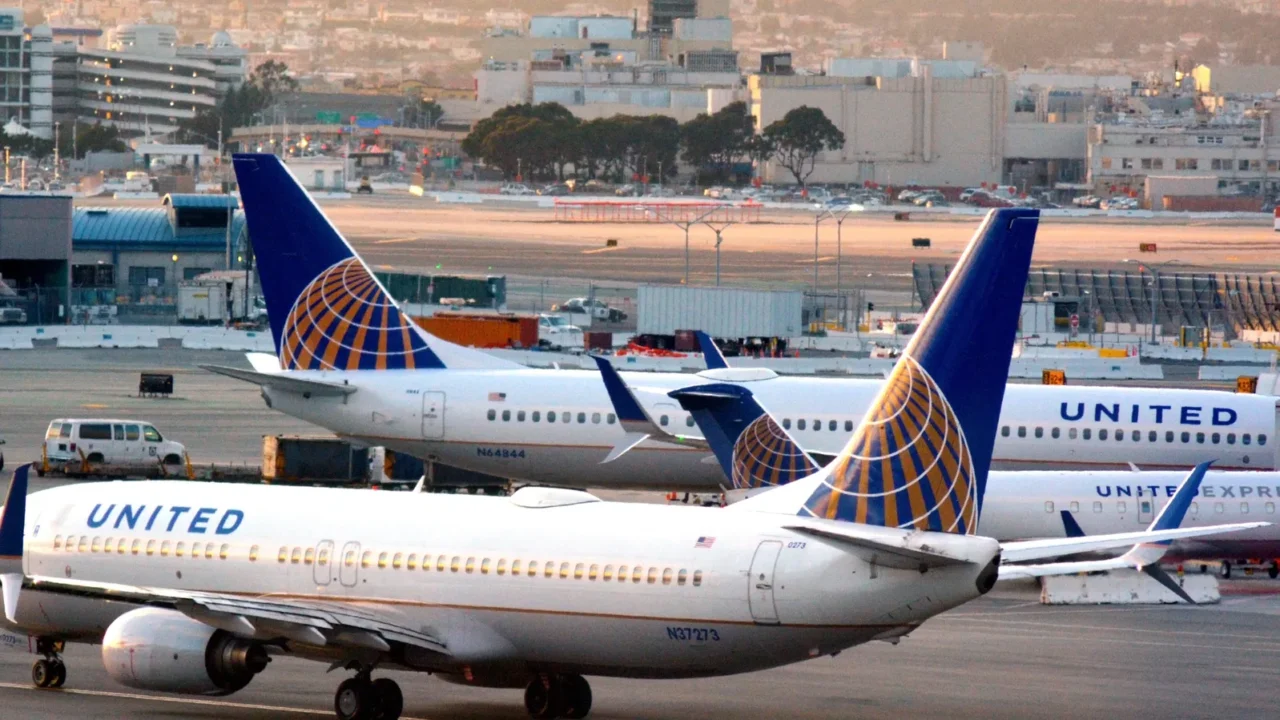
Stop Overpaying for Flights
You know that sinking feeling when you buy a ticket, and the price drops a week later? Or worse, waiting too long and watching the fare skyrocket? Yeah, we’ve all been there. But 2025’s updated flight trends give us real answers on when to book and when to back away slowly.
Ready for the smartest days, seasons, and apps to help you fly smarter this year? Let’s go.

The Golden Window for Domestic Flights
If you’re booking a U.S. trip, aim to snag your tickets between 38 to 60 days before your flight, with 45 to 60 days being that magical sweet spot in 2025.
Booking too early can sometimes cost more, and waiting too long? Even worse. Airlines tend to adjust fares based on demand, so those one and a half to two months out are the “Goldilocks” zone: not too early, not too late.

Planning a Global Getaway?
When it comes to international travel, patience pays off.
For trips abroad in 2025, start watching fares 2 to 8 months in advance, and plan to book between 3 to 5 months out. Long-haul trips, especially to Asia or Oceania, benefit from even more lead time.
Think 5 to 7 months ahead. This helps you avoid price spikes while still catching flight sales.
Planning a Europe trip for late September? Start looking in April or May.
Got your eye on a Thailand escape in December? You’ll want to jump on deals by May or June at the latest.

Best Days of the Week to Book Flights
Want to save a few bucks? The day of the week you book matters. In 2025, Sunday is still the MVP for booking, saving around 6% on domestic and up to 17% on international flights.
Why? Airlines tend to publish new prices over the weekend. Tuesday comes in second best, as many sales drop on Monday night and Tuesday morning.

Best Days to Fly and Avoid Crowds
Booking’s one thing, flying smart is another. In 2025, the best days to take off are Tuesdays, Wednesdays, and Thursdays. Midweek flights tend to be cheaper and less crowded.
And if you don’t mind flying on the weekend, Saturday surprisingly comes in with decent savings too. Avoid Friday and Sunday flights; those are prime travel days for weekend warriors, which means higher fares and fuller cabins.

Why Seasonality Matters More Than Ever
Seasons change, and so do flight prices. In 2025, the peak seasons remain the same culprits: mid-June through mid-August, plus Christmas, New Year’s, Thanksgiving, and Spring Break.
Expect sky-high fares and limited availability unless you book way ahead (like 8-11 months early). For savings, target January, February, late August, September, and October. For example, flights in September and October are typically 10-15% cheaper than those in July.

Summer Travel? Book It in the Spring
If summer is your time to roam, you’ll need to get strategic. In 2025, May is the last call to book deals for July and August. Ideally, start tracking fares by March, especially if you’re flying to high-demand places like Europe, Hawaii, or Florida.
The closer you get to summer, the steeper the prices. Flights for popular summer routes can increase by 30-40% just within the final six weeks. Save yourself the headache and secure those seats early, especially if you’re traveling as a family.

Avoid These Expensive Booking Periods
When not to book is just as important. Prices shoot up dramatically when you book within 2 weeks of departure, especially for domestic flights. And unless you’re a last-minute deal hunter (and okay with a red-eye flight with two layovers), you’ll pay top dollar.
Also, booking around peak holidays, like Thanksgiving week or right before Christmas, without at least 4-5 months’ notice, is a budget killer. For popular summer spots? Plan up to 11 months ahead, or brace yourself for sticker shock.

Off-Peak Months That Reward Your Wallet
Looking for flight deals with fewer people and smaller price tags? Go off-peak. In 2025, the best months for cheaper airfare are January, February, late August, September, and October. That’s when airlines drop prices to fill seats after the holiday rush or summer vacation boom.
For international travel, post-Labor Day through mid-October is gold: cheaper fares and fewer tourists. Bonus: the weather in places like Europe and Asia is often still lovely, making it the perfect time to travel without breaking the bank.

Tools That Help You Score Deals
In 2025, don’t just hope for lower fares, track them. Tools like Google Flights, Hopper, Skyscanner, and Kayak now offer even smarter price prediction and multi-platform alerts.
Set up fare alerts for specific routes and dates so you’ll be the first to know when prices dip. Try using the “whole month” view to compare days and see trends at a glance.
If you’re willing to be flexible, this one move could save you hundreds. Bonus: some apps even tell you when not to book based on past pricing behavior.

Set It and Forget It
It’s easy to obsess over fares, checking 10 times a day. But in 2025, fare alert services like Hopper, Dollar Flight Club, and Google Flights do the heavy lifting. Set multiple alerts, including flexible date ranges, and let the system notify you when prices drop below your target.
These platforms use real-time pricing algorithms, and some even forecast whether you should “wait” or “buy now.” The key is to start early and let the tools work in the background while you focus on your itinerary.

Airlines Are Playing Pricing Games
Behind every fare is a complex pricing algorithm. Airlines are adjusting rates based on demand, cancellation patterns, events, and even your browsing history. In 2025, these dynamic systems update several times a day, meaning fares can jump or drop unexpectedly.
Tip: clear your cookies or search in incognito mode to avoid possible price inflation based on your history. And when you spot a good deal? Don’t sit on it. Prices can rise again within hours if demand spikes.

Flexible Dates
Can’t find a good deal? Try shifting your dates. Use the flexible date feature on booking platforms to see prices before and after your preferred days. A difference of even one or two days could mean 10-30% savings.
Especially during shoulder seasons, being flexible by a few days could unlock major fare differences. Planning a weekend getaway? Try Thursday to Monday instead of Friday to Sunday. You’ll dodge the crowd and the price surge.

Don’t Sleep on Shoulder Seasons
Shoulder seasons are the underrated champions of cheap flights. These are the months right before and after peak season, like April to early May or mid-September to early November. In 2025, airlines are pushing more promotions during these gaps, making it the perfect time for budget-conscious travelers.
Bonus: your destination is usually less crowded, and you can still enjoy decent weather.

Booking Roundtrip vs. One-Way in 2025
Here’s a question we still get a lot: is roundtrip cheaper than one-way? In 2025, the answer is, it depends. For most domestic routes, roundtrip fares still offer better value. But for international flights, especially with budget or low-cost carriers, mixing and matching can sometimes save you more.
Platforms like Google Flights and Momondo help you compare these combos easily.

Quick Summary Cheat Sheet
Here’s your no-fuss, easy-to-follow guide for booking smarter in 2025. Screenshot it, pin it, or jot it down for your next trip:
Domestic Flights:
- Best time to book: 38–60 days before departure
- Best days to book: Sunday or Tuesday
- Best days to fly: Tuesday, Wednesday, Thursday, or Saturday
- Avoid: Booking in the last 2 weeks before your flight
International Flights:
- Best time to book: 3–5 months ahead
- Best day to book: Sunday
- Best days to fly: Tuesday, Wednesday, or Thursday
- Avoid: Booking around major holidays or spring break
Long-Haul Flights (Asia/Oceania):
- Best time to book: 5–7 months in advance
- Best day to book: Sunday
- Best days to fly: Stay flexible—midweek is often best
- Avoid: Peak summer months and December holiday season
Use this cheat sheet as your personal booking playbook for 2025. Before you lock in your plans, check out these last-minute holiday deals you won’t want to miss.

Your Next Flight Could Be Cheaper
Flight prices will always fluctuate, but your strategy doesn’t have to. With a little foresight and the right tools, you can save hundreds and avoid that awful “why didn’t I book earlier?” regret.
In 2025, it’s all about being informed, flexible, and quick on the draw. So the next time wanderlust hits, you’ll know when to click “book.” Before you hit that “book” button, make sure you’re getting real value, not just a fancy seat. Here’s what the experts say about flight upgrades.
What’s the best flight deal you’ve ever scored, and how’d you do it?
Read More From This Brand:
- East Coast Flash Floods, What Travelers Need to Know Now
- A Beginner’s Guide to America’s Quirkiest Roadside Attractions
- The Most Iconic Hotel Buildings Around the World
Don’t forget to follow us for more exclusive content right here on MSN.
This slideshow was made with AI assistance and human editing.